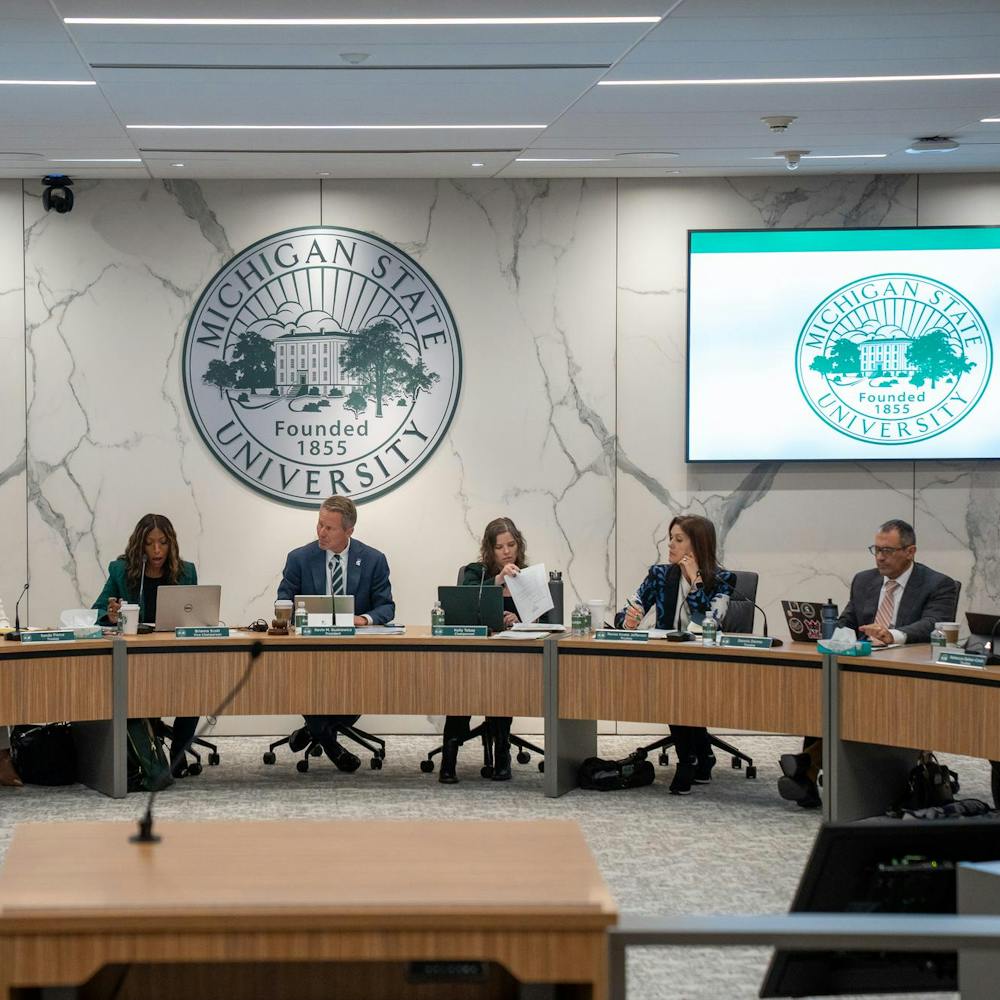The East Lansing Planning Commission finally is on the same page as students.
After a flood of criticism, the commission nixed a plan to cap the number of patrons allowed at downtown bars — a move that also would have effectively restricted the number of bars that could open in the future.
On Wednesday, commissioners proposed changes to ease requirements currently placed on some bars and other restaurants that serve alcohol. The 50/50 ordinance mandates at least half of businesses’ sales come from food, although some bars — including Rick’s American Cafe — are grandfathered in and exempt.
If the proposal gets approval from city council, up to 60 percent of sales could come from alcohol for certain businesses. Restaurants that could qualify for the new 60/40 ratio would have to have been open for at least two years, have fewer than 150 seats and serve lunch at least five days a week.
For a city government that previously was bent on shifting the image of downtown from a drunken college hangout to a classy cultural haven, this new proposal is much more realistic.
Policies from the top down will not change the culture of East Lansing. This always will be a college town, and there always will be students aching for a Peanut Barrel Long Island after a long week of studying. Restricting the number of people allowed in bars won’t make students less interested in drinking, and expecting the atmosphere downtown to change by planning for a few less bars is impractical, to say the least.
Although city officials argued that the change would make the streets safer, it’s debatable exactly how unsafe the streets were to begin with. Whether the 50/50 ordinance and a cap on patrons would make much of a difference is even more questionable. It’s hard to believe HopCat brought any dramatic shift of crime to the bar scene. If anything, fresh and interesting bars such as HopCat could help draw people to the city.
And we doubt allowing restaurants to shift sales to 60 percent alcohol and 40 percent food will make much of a difference other than to make things easier on bars.
More diversity of people and businesses undoubtedly would help spur growth downtown. But adding variety does not require capping the number of bars. We should be supporting the restaurants and bars that have managed to stay afloat, and even thrive, during tough economic times. Altering the outdated 50/50 ordinance will do just that: lift restrictions and help those businesses grow.
An organic shift in the atmosphere will take time and attention to the culture and creativity of the patrons who already fill downtown. Creating more public spaces and outlets for both community members and students to express themselves will be infinitely more effective than playing a numbers game with the bars and trying to force a different culture to take hold.
Instead of drafting policies to dramatically shift the face of the city, the commission should focus on tapping into the patrons that already are responsible for boosting business. Ditching the cap on patrons at bars and working to change the 50/50 ordinance will help, but additional policies along the same vein must continue for the city’s success.
Support student media!
Please consider donating to The State News and help fund the future of journalism.
Discussion
Share and discuss “Easing restrictions on bars right move” on social media.






